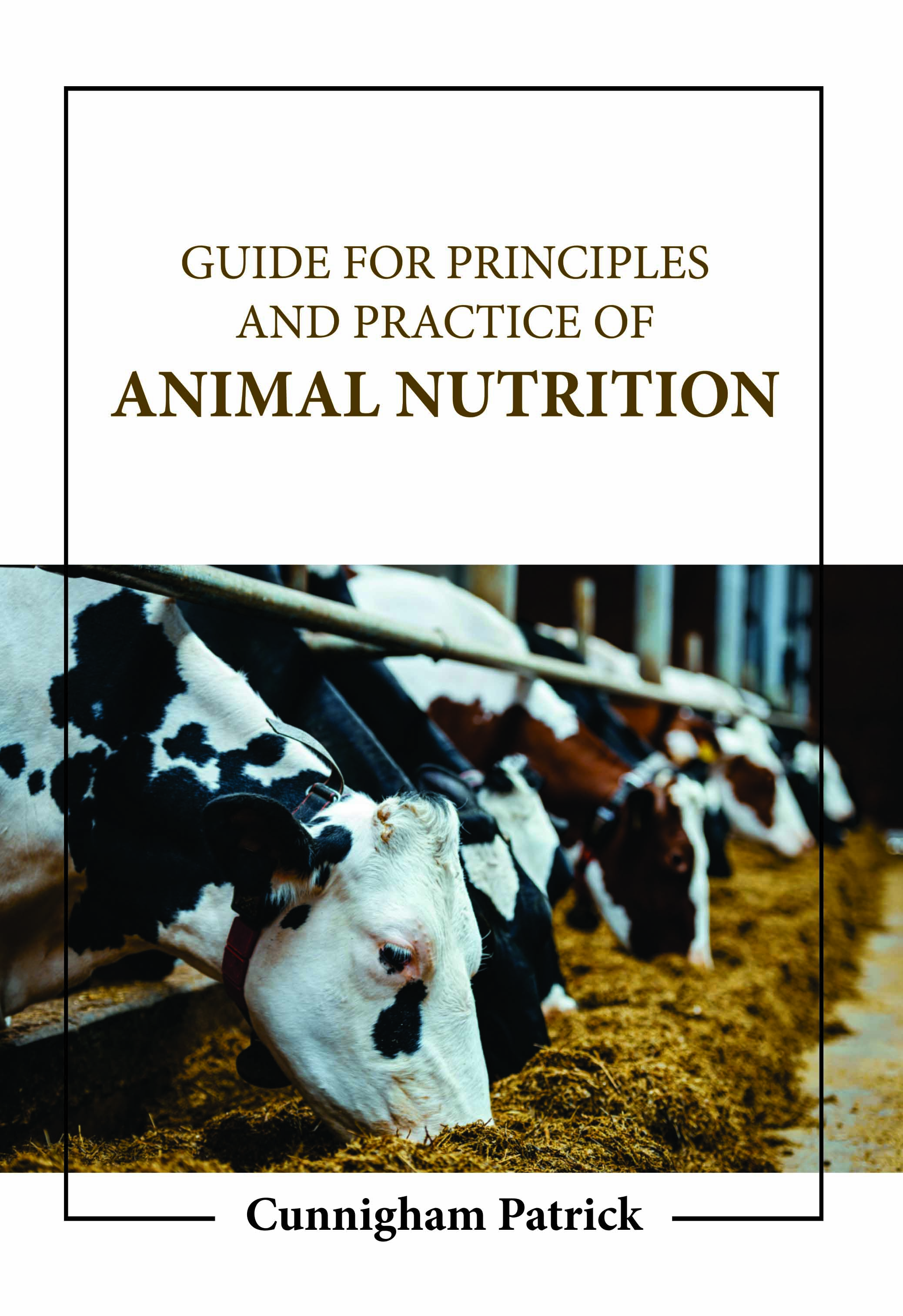
Guide for Principles and Practice of Animal Nutrition
by Cunnigham Patrick
| ISBN | 9781806241330 |
|---|---|
| Publisher | Digital Drive Learning |
| Copyright Year | 2026 |
| Price | $256.00 |

by Cunnigham Patrick
| ISBN | 9781806241330 |
|---|---|
| Publisher | Digital Drive Learning |
| Copyright Year | 2026 |
| Price | $256.00 |
The essential needs for energy, protein (as amino acids), minerals, vitamins, and water are the same for all living things, including the cells that make them up. The terms "energy" and "protein," when employed in discussions of feeds and their nutritional worth, can be very confusing. Feeds can't just give animals "energy" or "protein," especially ruminants. The animal's energy metabolism can be influenced in some way by all protein sources. Even sources of pure carbohydrates that don't contain any protein can give rumen microorganisms in ruminants the energy they need to expand, which in turn helps the host animal get more protein and amino acids. The study of animal nutrition focuses on the dietary requirements of domesticated animals, especially those used in farming and food production. It is crucial to meet their nutritional needs for the newborn to grow, finish, and breed animals to continue performing at an acceptable level. Compound cow feed is a blend of different concentrate feed ingredients in the correct ratios. Compound cow feed frequently contains grains, bran, protein meals/cakes, chunnies, by-products of the agro-industrial sector, minerals, and vitamins. A cost-effective source of concentrate supplements is compound cow feed, which can take the shape of mash, pellets, crumbles, cubes, etc. Animal nutrition must satisfy the animal's demands. All animals need dry matter, different groups of nutrients, minerals, and trace elements, and it shouldn't be moldy, mixed with dirt or soil, or contain harmful components. Cattle must have a specific structure to maintain the stomach's health. The book is helpful to postgraduate students in animal sciences, teachers and researchers in the field of animal nutrition, workers in the feed industry involved in the production and sale of feed, field veterinarians, extension specialists in animal husbandry, as well as animal lovers and progressive farmers.